 As the sun becomes more unforgiving it sends the temperatures soaring across the country. An ideal time for Car India to test all the cars from the hatchback and entry level sedan segments to help you pick the coolest one
As the sun becomes more unforgiving it sends the temperatures soaring across the country. An ideal time for Car India to test all the cars from the hatchback and entry level sedan segments to help you pick the coolest one
Compiled by: Gasha Aeri, Piyush Sonsale, Ravi Chandnani, Raymond Raj and Saeed Akhtar
Photography: Sanjay Raikar
Extreme heat and pollution is synonymous with the climatic conditions of most Indian cities. This is when the car air-conditioning system acts as a saviour and makes the commute, even in unbearable weather, a pleasurable one.
We tested almost all the cars that are on sale in India currently and this month we will shed some light on the real world AC performance of the hatchback and entry level sedan segment. Our testing procedure was simple and effective. We picked an ideal route that can be taken by all the cars, so that there was just enough city traffic with minimum traffic signals and low congestion. This would ensure that all the cars remained mostly on the move and reached the finishing point in a fixed time. After zeroing in on the route of 10.5km our Editor, Aspi Bhathena, recced it numerous times and made several dry runs making sure that it was just right. After his go ahead, we started contacting all the major car manufacturers who were extremely co-operative and provided their car models. It sounded easy, but since the list was so long, the coordination with manufacturers, dealers, drivers and the team became a challenging task.
The coordination and planning didn’t stop there. The cars were heated to precisely 50 degrees centigrade by parking them under the scorching sun. As soon as the cars reached the desired temperature, the air-conditioner was switched on with the blower at full blast; the temperature was gradually brought down to the lowest possible. Then the heated cars were driven on a designated route for a specified distance and time. The cars were driven on the same route with similar road and traffic conditions as well as speed thus ensuring that we got the ideal real life AC performance of the vehicles. While all this was happening, the photographers had to be at the right place at the right time making sure that they get the picture of the thermometers with the final reading. Phew!
This mega test was performed between Noon and 3 pm when the sun is at its peak. We used electronic thermometers in all cars to monitor the change in temperature in the cabin as well on the AC vent. The car that recorded the lowest temperature in the test was declared the winner in its segment. The reason we had to break up the test into segments was because the effectiveness of the AC depended mostly on the size of the cabin that a particular car has. The larger the volume, the more time it took to cool down. For instance, a compact hatch like the Chevy Beat had a smaller room to cool compared to a VW Vento. The performance of the air-con also depended on the compressor, condenser, cooling coil and blower. For this comparo, we selected a standard car which was tested along with other cars every single day, making it our benchmark. This made sure we countered the daily weather change and also gave all of the cars a fair chance to prove their AC’s strength.
In order to make this test absolutely foolproof, we also took the help of the expert, Mr. PK Sethi – (GM Service) Subros Limited. He assured us that we were definitely on the right track. After taking care of the loose ends, the final results were most of the times quite unexpected.
 |
 |
Hatchback
FIAT PALIO
This smallest and cheapest offering from the Fiat stable has been around for over a decade now and has seen a few upgrades as well. The centre vents are located low, almost parallel to the glovebox. The A/C didn’t fare very well on the test and was the least cool in the list with a cabin temperature of 33 degree Celsius and the vent at 12.4 degree Celsius.
 |
 |
FIAT GRANDE PUNTO
The Punto is one of our favourite hatchback designs, at least among the options available in India. However, the A/C failed to impress us in the test. Probably, the dark materials used for the interiors worked against it. The Punto recorded just 32.9 degree Celsius for the cabin temperature in our digital thermometer and 14.5 degree Celsius at the AC vent.
 |
 |
HYUNDAI SANTRO XING
The Korean car maker entered the Indian market with this small family hatch and has been selling it till date. However, in spite of the botox treatment it has received over the years and the added ‘Xing’ that has been applied to it, its age is now showing prominently. The Xing’s A/C was able to bring down the cabin temperature to 31.2 degrees Celsius and the vents were pumping in cool air at 17.2 degrees Celsius at the time, making it an average performer of our test.
 |
 |
MARUTI SUZUKI ALTO K10
The Alto with a new heart, the K-series engine, also has some visual changes done to it. The air conditioning in the car proved to be just average as the temperature gauges recorded a 30.6 desgree Celsius in the cabin and at the vents it was 15.1 degrees Celsius. The Alto K10 couldn’t manage to give us the ‘chill’ as compared to some of its other siblings from the Maruti house.
 |
 |
CHEVROLET SPARK
The Chevy Spark was part of our A/C test last year as well, and has proved to be an average cabin cooler. Our 10 km standard drive to test the car lasted for about 15-20 minutes where the Chevy’s A/C unit managed to reduce the cabin temperature by almost 20 degree Celsius. The final cabin temperature we recorded was 30.6 degrees Celsius, while the A/C vents were blowing the air at 18.7 degrees Celsius.
 |
 |
HYUNDAI i20
A large cabin room has worked in the favour of the Koreans resulting in good sales of the i20. However, for an A/C test, this factor proved to be on the down side, as the temperature was brought down from 50 degrees Celsius to 29.7 degrees Celsius in the cabin and 14.5 degree Celsius at the vents. The i20 just managed to make the it into the good category.
 |
 |
SKODA FABIA
The large cabin of the Fabia has always made it a challenge for the A/C to perform well and keep the temperature nice and low. During the test we were a bit sceptical about how it will perform and to our surprise the A/C was able to do a good job. The overall temperature came down to 29.1 degrees Celsius and the vent temperature was a cool 15.1 degrees Celsius on the temperature gauge.
 |
 |
TATA INDICA VISTA
The bigger and better hatchback, the Vista from Tata Motors proved to be a better car than the humble Indica. The level of refinement and technology is better than the latter, which is also evident from our A/C test results. Its beige and light grey interiors coupled with the large A/C vents made the cabin temperature go down to 29 degrees Celsius with the vents showing 15.1 degrees Celsius and this just about manages to squeeze it into the ‘Good’ performer bracket.
 |
 |
VW POLO
The premium hatch from the VW stable is a very good car to drive; however, when it comes to cooling down the cabin the A/C does an average job. The tests this time proved that the Polo’s cabin temperature went down to just 28.8 degrees Celsius at the end of the test and the vent temperature went down to 10.5 degrees Celsius.
 |
HYUNDAI i10
After replacing the Santro, the i10 has managed to become the company’s flagship model. With a good fit-finish and plastic quality we were not disappointed by the air conditioning too, as the gauge recorded a 28.8 degrees Celsius cabin temperature and 10.7 degrees Celsius at the vents.
 |
 |
MARUTI SUZUKI RITZ
The tall-boy design that we have seen in the Wagon R and Zen Estilo is carried over in the Ritz and that is a good thing when it comes to sheer cooling efficiency. The Ritz managed to attain a cabin temperature of 28.3 degrees Celsius and a vent temperature of 14.3 degrees Celsius, making it one of the outstanding chillers in its segment.
 |
 |
TATA NANO
The desi car that is also called the peoples’ car impressed us with its A/C which worked well and registered a figure of 28 degree Celsius in the cabin and 13.9 degree Celsius at the vent. The A/C performed well even though the engine is located at the back of the car and some of the heat generated there is transferred to the cabin.
 |
 |
MARUTI SUZUKI A-STAR
The Maruti Suzuki A-Star also features the K-series engine, the same engine which propelled the Wagon R to victory in this segment. And it shows here. With A/C vents that are mounted high up on the dash for optimum cooling, the A-Star’s cabin is capable of dropping to 27.5 degrees Celsius, while the temperature at the vents go all the way down to 9.6 degrees Celsius.
 |
 |
CHEVROLET BEAT
One car where the performance of the car’s A/C outshone its engine! The Beat’s AC managed to impress us as it performed much better than its sister model – Spark, by cooling the cabin to 27.5 degrees Celsius. The vent temperature reached as low as 9.5 degrees Celsius.
 |
 |
HONDA JAZZ
We had a good time with this not-so-small hatchback from Honda last year when we drove it to different destinations around the country. The Jazz has impressed us by its drive, space and even its cooling ability. Our ‘baked’ car here, was showing 27.1 degree Celsius inside the cabin after the run while its vent temperature was at 14.1 degree Celsius, placing it in the ‘good’ category of our test.
 |
 |
NISSAN MICRA
The exterior and interior dimensions of the Micra are quite big compared to other cars of its segment; however, during the test it impressed us all. The overall figure that we got after the test stands at 27.3 degrees Celsius in the cabin and the vent temperature was a cold 7.6 degrees Celsius. This made the Micra one of the coolest hatches in the country in terms of air conditioning capabilities.
 |
 |
FORD FIGO
The Figo is a cool car to look at and the ‘cool’ factor was proved by its air-conditioning capabilities too. This Ford hatchback has round A/C vents that are located high on the dash. The car probably has one of the most powerful blowers in its class and it left us awestruck as it reached 26.6 degrees Celsius and the vent temperature was an amazing 9.9 degrees Celsius.
 |
 |
MARUTI SUZUKI SWIFT
The Swift is more appealing than before, with the K-series engine. The centre vents are placed high and the round vents at the sides perform extremely well. The black interiors do not deter the cooling effect of the A/C. The temperature inside reached 26.3 degrees Celsius from 50 degrees Celsius impressing us quite a bit. The temperature at the vents was recorded at 14.9 degree Celsius.
 |
 |
MARUTI SUZUKI ZEN ESTILO
All the Maruti Suzukis on test fared substantially better than their counterparts and the Estilo was no exception as it reached 25.9 degrees Celsius and the vent reached 13.2 degrees Celsius. Attribute it to the tall-boy design, a powerful blower and the circular vents which allowed air to circulate freely about the cabin. We also think that the light-coloured dashboard and beige interiors had a hand in the results.
 |
 |
CHEVROLET U-VA
The U-VA is a spacious hatch but looks dated now when compared to the new generation of big hatches launched in the country. When it comes to cabin cooling though, the U-VA is still a good performer. At full blast, the A/C brought down the cabin temperature to 25.5 degrees Celsius, a drop of almost 25 degrees Celsius! The vents were blowing the air at 13.5 degrees Celsius.
 |
 |
MARUTI SUZUKI WAGON R
The new Wagon R is wider, bigger and now comes with the more efficient K-series engine under its hood. And it has done wonders, not only on the mobility front but also with the aircon. Whereas the previous Wagon R was the least cool in its segment, the exact opposite has happened here. This is by far the coolest car here, dropping to an astonishing 24.5 degrees Celsius within ten kilometers of city driving.
 |
 |
Sedans
FIAT LINEA
Another superb looking mid-sized sedan in the country – and the virtues of this Italian beauty don’t stop on the looks. The Linea has a very good dashboard design with proper placement of A/C vents. The even circulation of air is a key factor. Although the A/C vents recorded a low temperature of 14.4 degree Celsius, the cabin temperature reached 36.8 degrees Celsius from the 50 degrees Celsius we started the test with.
 |
 |
TOYOTA ETIOS
The newly launched Etios sedan is Toyota’s first sub rupee 10-lakh car in India. The competition in this segment is breakneck and Toyota’s ‘good product quality’ image is at stake. The Etios went through our standard process during the A/C test and has shown an average performance. The cabin temperature recorded before and after the drive showed a drop of just about 17 degrees, to 33.8 degrees Celsius, even as the vents were feeding cool air at an impressive 12.5 degrees Celsius.
 |
 |
MARUTI SUZUKI SX4
The man of a sedan now comes in both petrol and diesel versions, but neither managed to cool as efficiently as other models from Maruti. Though the car has light interiors, the large cabin requires a stronger blower and compressor in order to bring down the car temperature from 50 degree Celsius. The SX4 managed to achieve 29.9 degrees Celsius in the cabin and the vent temperature was the lowest at 12.4 degrees Celsius.
 |
 |
CHEVROLET AVEO
Even as the U-VA proved to be a tough competitor in the small hatchback segment, the Aveo just barely managed to squeeze into the higher segment of the tests, as the cabin temperature reached 29.6 degrees Celsius and the vents to 12 degrees Celsius at full blast.
 |
 |
TATA INDIGO MANZA
The other offing from Tata in this segment told a different story and delivered a better performance in our A/C test, proving to be a much better sedan than the Indigo. The improvement could be seen as the temperature gauge recorded 28.9 degrees Celsius in the cabin and 13.3 degrees Celsius at the vents. Though marginal this is still an improvement.
 |
 |
FORD FIESTA
Ford got everything right with the Fiesta, even the air conditioning. As much as we enjoyed the amazing drive the Fiesta offers, we also noticed how efficient its air conditioning system is. The Fiesta’s cabin temperature after the drive was 28.5 degrees Celsius while at the vent it was 17 degrees Celsius. With the new Fiesta coming in this year, expect a better performance in all aspects of the car.
 |
 |
M&M LOGAN
Now that Mahindra and Mahindra have given the entry level sedan a new lease of life, it seemed that the Logan performed with a renewed zeal in the
A/C test. The beige and black dash kept the cabin from over heat-up and the efficient round A/C vents helped in bringing down the cabin temperature to 28 degrees Celsius, while the vents recorded a cool 10.9 degrees Celsius.
 |
 |
HYUNDAI VERNA
Hyundai has been very consistent with their performance in our A/C tests. Although the new Verna has been unveiled it is yet to hit the market; we tested the older version and were not disappointed. The large side vents and vertically placed central vents cool the car effectively. Our temperature gauge read 27.5 degrees Celsius in the cabin with the temperature at the vent being 11.7 degrees Celsius.
 |
 |
HYUNDAI ACCENT
Hyundai’s mid-size sedan the Accent has been in the market for a very long time now and even after so many years is able to attract buyers. This workhorse from the Korean manufacturer also has a strong A/C. The cabin temperature after the test was 26.8 degrees Celsius and the vent temperature was 15.1 degrees Celsius, which for a mid-size sedan is exceptional.
 |
 |
MARUTI SUZUKI DZIRE
The Maruti Dzire now comes with the 1.2-litre K-series engine which makes it a zippy performer. It carries the same trend in the air-conditioning department. The new Wagon R and Estilo have already impressed us with their A/C results and now the Dzire has outperformed its siblings. The completely black interiors of the car could not restrain it from achieving a super cool 24.4 degrees Celsius with the minimum vent temperature at 12.5 degrees Celsius.
 |
 |
WINNER
VW VENTO
If the Italians are doing a good job in keeping the cabin cool, then the Germans surely want to get one step ahead in the task. With the perfectly central placement of vents, the Vento did an equally impressive job with the air conditioning in the cabin as it does on the road. The cabin temperature was a cool 24.1 degrees Celsius on a hot summer day and the vents were chilling at 8.6 degrees Celsius.

 Team Car India sweated it out to bring you this extensive, and unique, car air-conditioning system shootout. There were over 30 cars in Part I of the AC test this month, which required weeks of planning, co-ordination and…sweating. The team went looking for an ideal route with low city traffic and few traffic signals, that would be taken by the cars. Finally, we did manage to get one. The idea behind this was to make sure that all the cars would remain mostly on the move and reach the finishing point within a fixed time. After zeroing in on the route of 10.5km, our Editor recced it numerous times and we did several dry runs to make sure that everything was in order. After Aspi’s go ahead, we started contacting all the major car manufacturers who were
Team Car India sweated it out to bring you this extensive, and unique, car air-conditioning system shootout. There were over 30 cars in Part I of the AC test this month, which required weeks of planning, co-ordination and…sweating. The team went looking for an ideal route with low city traffic and few traffic signals, that would be taken by the cars. Finally, we did manage to get one. The idea behind this was to make sure that all the cars would remain mostly on the move and reach the finishing point within a fixed time. After zeroing in on the route of 10.5km, our Editor recced it numerous times and we did several dry runs to make sure that everything was in order. After Aspi’s go ahead, we started contacting all the major car manufacturers who were 
 extremely co-operative and provided their car models. It sounds easy, but since the list was so long the co-ordination with manufacturers, dealers, drivers, and the team became a challenging task. The cars were heated to precisely 50 degree Celsius by parking them under the scorching sun and the Car India team members had to hop in and drive around the designated route in them. It was anything but an easy task. But the end-result is a comprehensive report on the performance of car air-conditioning systems in real world conditions.
extremely co-operative and provided their car models. It sounds easy, but since the list was so long the co-ordination with manufacturers, dealers, drivers, and the team became a challenging task. The cars were heated to precisely 50 degree Celsius by parking them under the scorching sun and the Car India team members had to hop in and drive around the designated route in them. It was anything but an easy task. But the end-result is a comprehensive report on the performance of car air-conditioning systems in real world conditions.
TIPS AND TRICKS
# If the amount of gas in the compressor is not adequate, the air conditioner will not cool efficiently. Before the summer sets in, make sure to get the gas quantity checked by an expert.
# Make sure the orifice tube or the metering valve that admits the refrigerant into the evaporator is not blocked by rust or any other debris.
# If leaves or debris from the road fill the condenser, air flow may be blocked, causing little or cooling. To avoid this get the condenser cleaned before a long journey.
# Air and moisture contamination results in unwanted leaks in the air condition system, hence care must be taken to free the AC of any kind of moisture on regular intervals.
# Any mechanical fault like, bad pressure switches, compressor wear, valve failures, etc can result in malfunctioning of the the air conditioning system, hence they should be repaired by a trained mechanic.



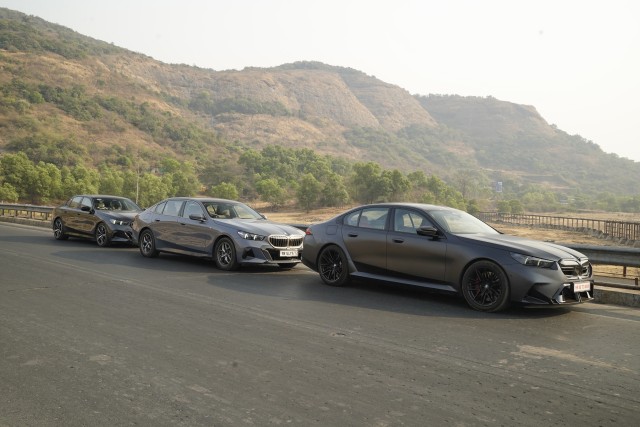


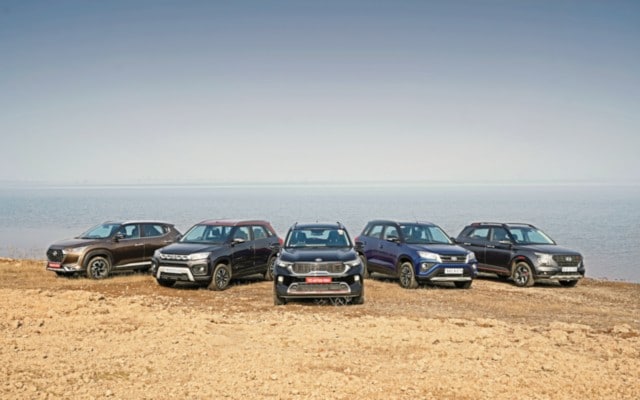



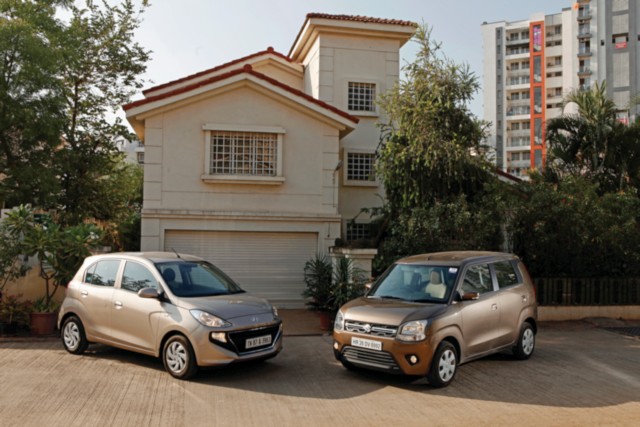
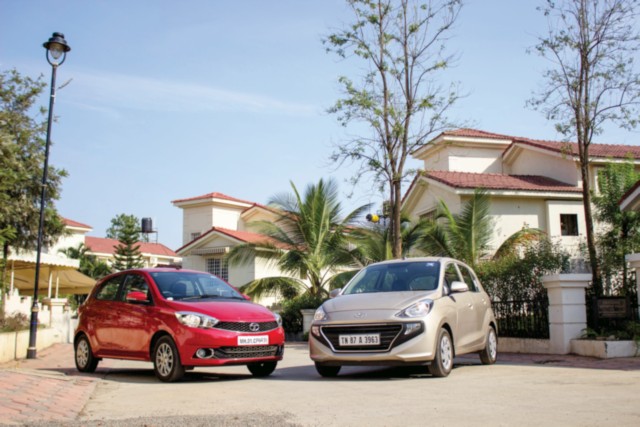
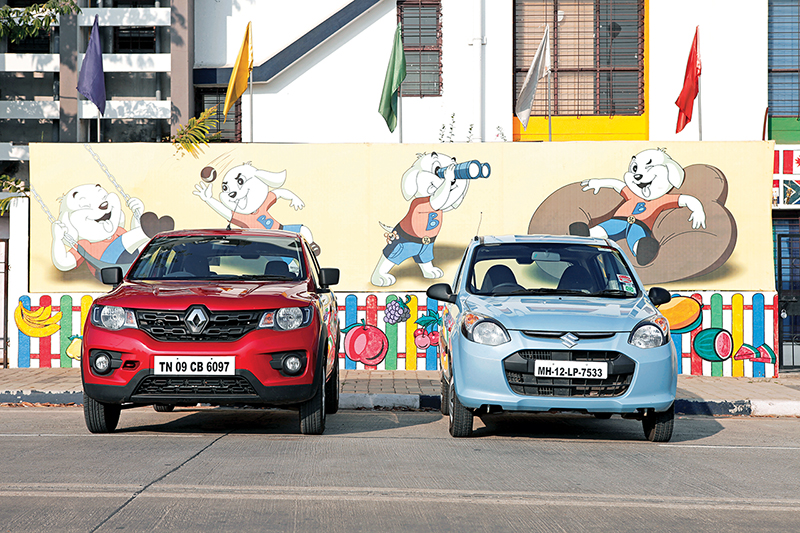
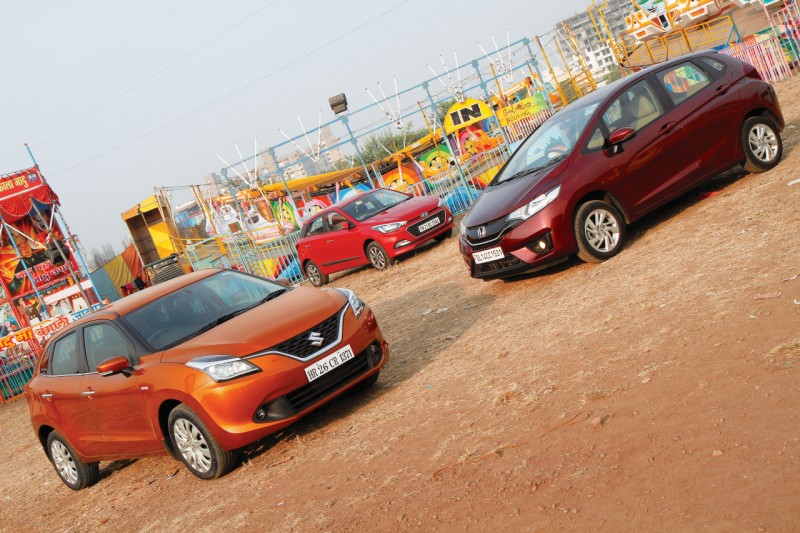

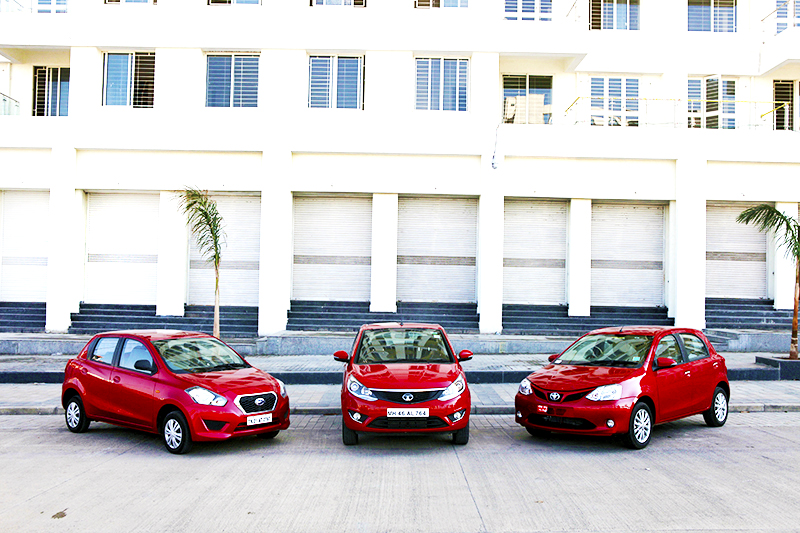
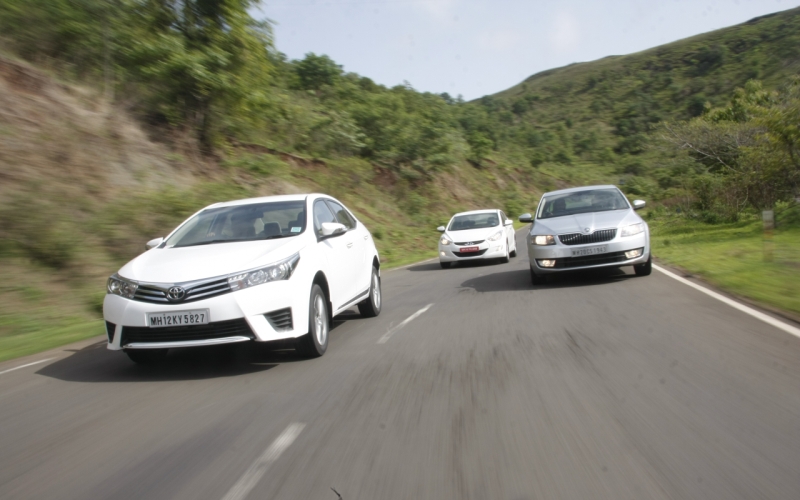
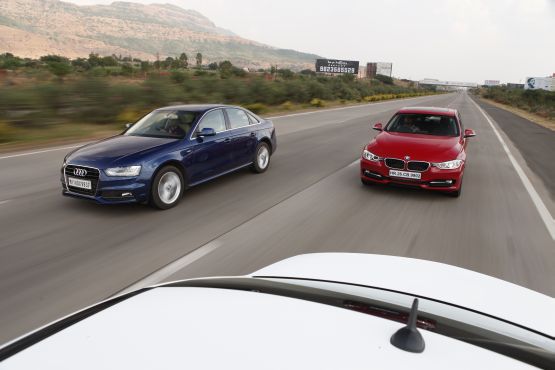




Leave a Reply